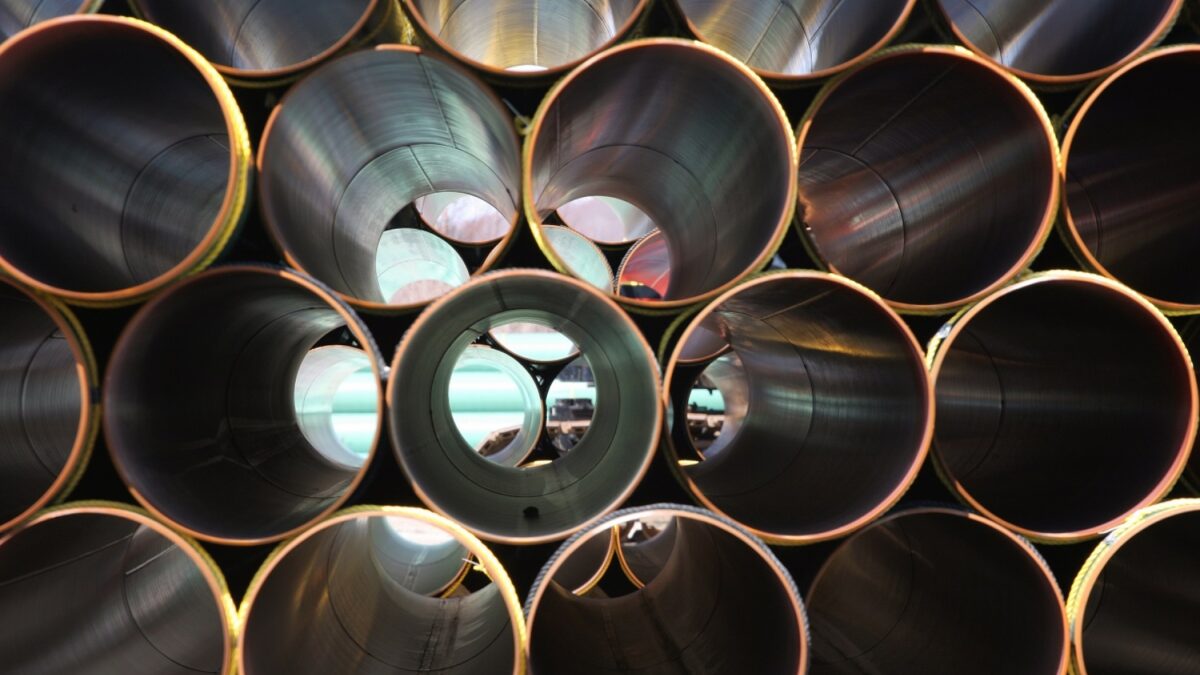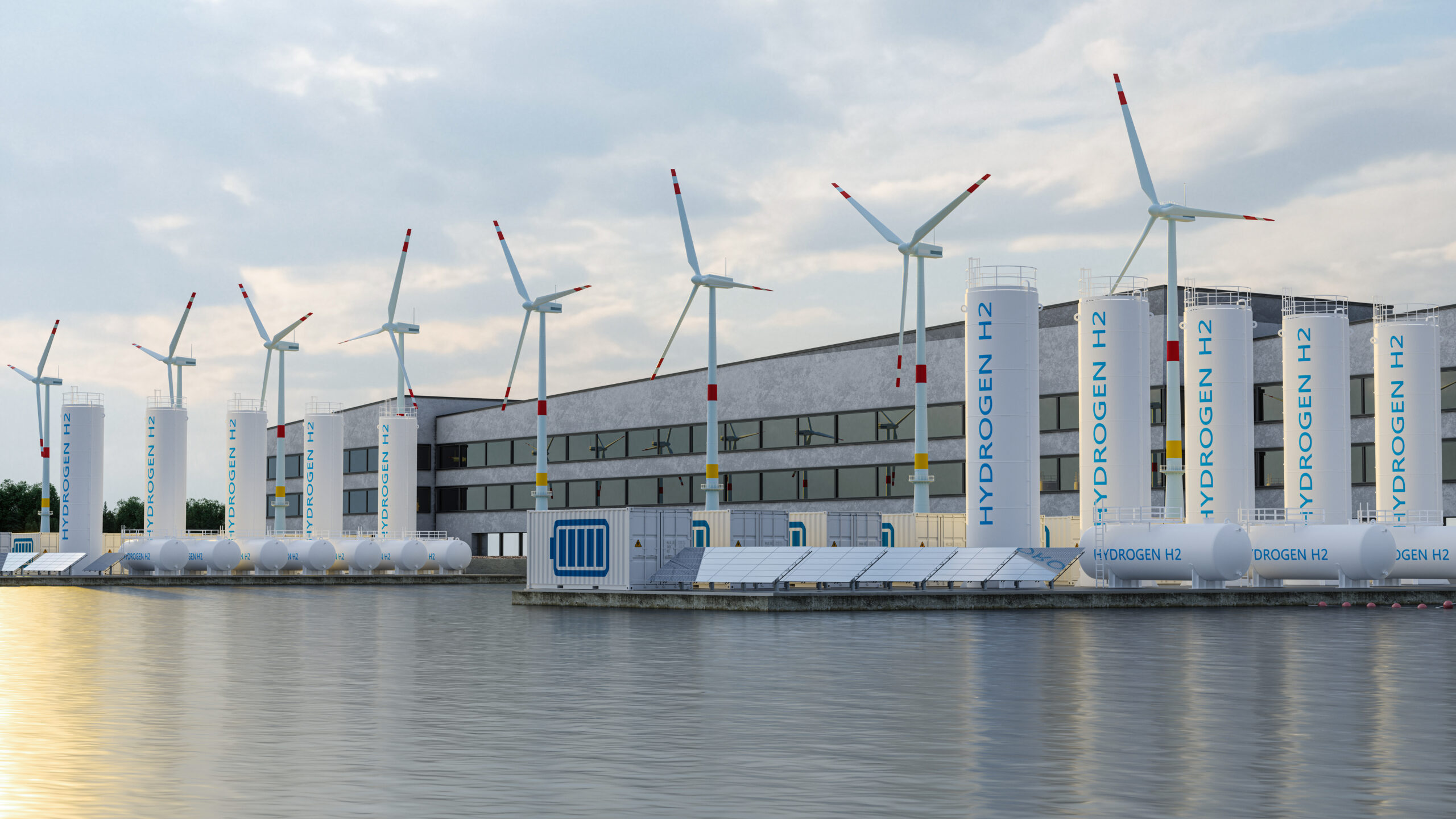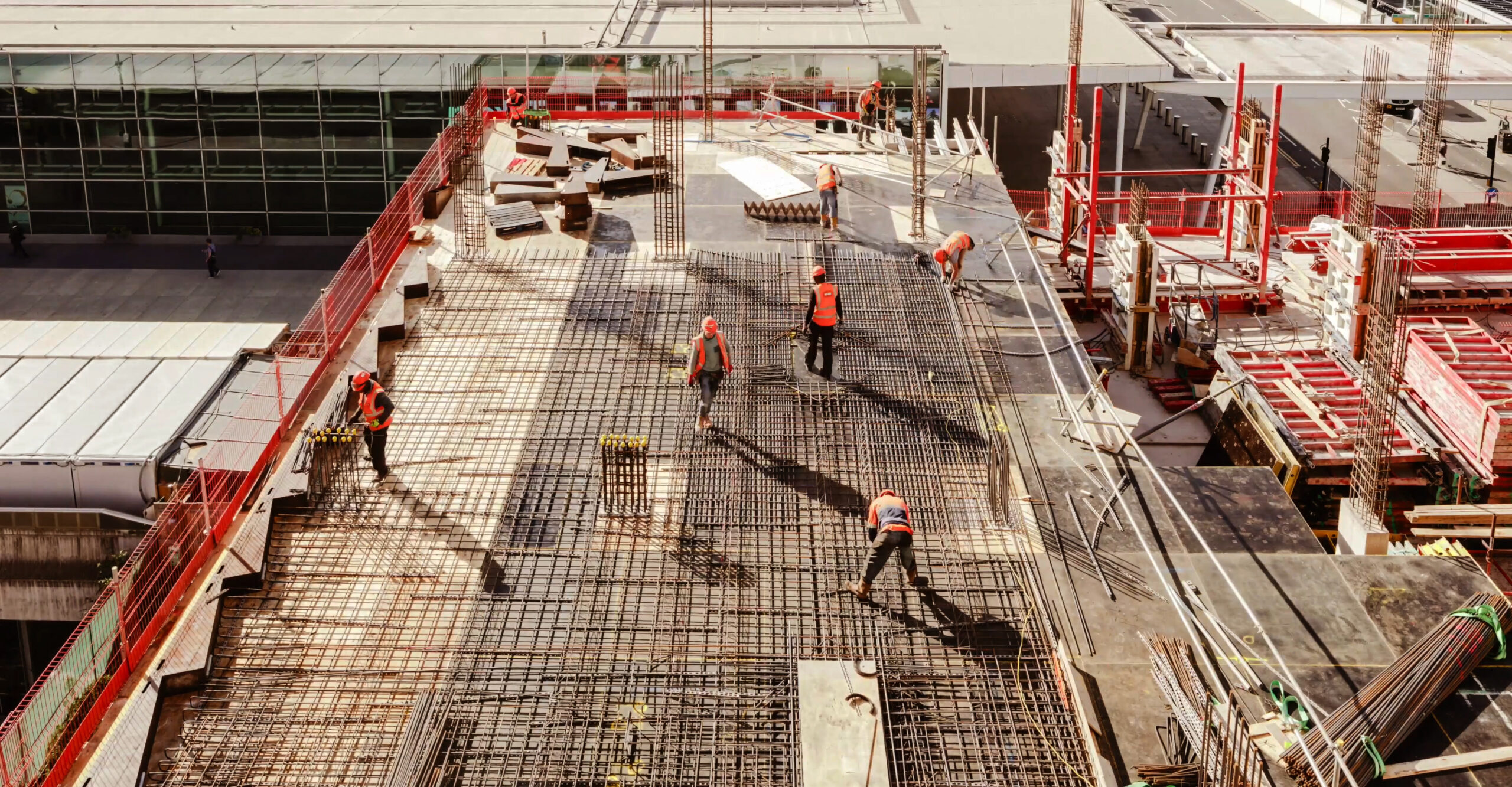This article originally appeared in Construction Week on 17 July 2024
Heavy industry, which includes steel, cement, chemicals, oil and gas, automotive, shipbuilding, mining and metallurgy, machinery and industrial equipment, etc., forms the backbone of the modern economy. While heavy industry drives economic growth worldwide, it is also one of the major sources of GHG emissions. The path forward demands a delicate balance, maintaining industrial growth while dramatically reducing carbon footprint.
We stand at a critical juncture with an urgent need to address climate change. As temperatures soar to unprecedented levels worldwide, with parts of India crossing 50 degrees Celsius, the imperative for decarbonisation has never been more pivotal. A recent study by World Weather Attribution (WWA) revealed that 78% of the world’s population experienced at least 31 days of extremely hot weather in a 12-month period, underscoring the widespread impact of climate change.
Climate change is one of the most pressing issues of our time. The Intergovernmental Panel on Climate Change (IPCC) has highlighted the urgent need to significantly reduce emissions across all sectors to keep temperature increase to within 1.5°C of pre-industrial levels. In this context, heavy industry – the cornerstone of economic development has a significant role to play in decarbonisation. Heavy industry, in particular steel, cement, and chemicals, are not only crucial for India’s growth but also significant contributors to greenhouse gas emissions. The path forward demands a delicate balance, maintaining industrial growth while dramatically reducing carbon footprint. The paper explores the critical role of heavy industry in India’s economy, decarbonisation pathways and challenges, and the innovative strategies that could pave the way for a sustainable industrial future.
The role of heavy industry in India
Heavy industry, which includes steel, cement, chemicals, oil & gas, automotive, shipbuilding, mining & metallurgy, machinery & industrial equipment, etc., forms the backbone of the modern economy. In India, these sectors are crucial drivers of socio-economic development. The steel industry alone contributes 2.5% to India’s GDP and employs 2.5 million people, with demand projected to reach 489 million tonnes by 2050. India is also the second-largest producer and consumer of cement globally, with an installed capacity of 595 million tonnes. The chemical sector, another critical industry, contributes about 7% to India’s GDP and ranks as the sixth-largest chemical producer worldwide.
While heavy industry drives economic growth worldwide, it is also one of the major sources of GHG emissions. The International Energy Agency (IEA) reports that these sectors emit about 25% of all CO2 emissions from energy use and industrial processes globally. When we zoom in on heavy industry, specifically, steel, cement, and chemicals are the big three, accounting for up to 70% of the sector’s emissions. India, as the world’s second-largest producer of both steel and cement, faces a unique balancing act between industrial growth and emission reduction.
The challenge lies in the energy-intensive nature of these sectors and their reliance on fossil fuels. For example, coal is a key player in steel production, serving as both a heat source and a chemical agent. Cement manufacturing, too, leans heavily on coal for its energy needs. In India, where coal remains a primary energy source, finding alternatives is both crucial and complex. Thus, to shift towards a zero-carbon future, we need to find smart alternatives to these traditional fuels and materials. This is a big challenge, which has also opened up exciting opportunities for innovation and growth in industries around the world.
Decarbonisation pathways
Transitioning to low-carbon fuels and materials is critical for decarbonising heavy industry. Green hydrogen has emerged as a promising solution. As a clean feedstock, green hydrogen can meet the heating requirements of steel, cement, and chemical processes. In India, the demand for green hydrogen is expected to reach 2.5 to 3 million tonnes per annum by 2030. Tata Steel, a leading steel producer, has already begun trials with hydrogen gas in its blast furnaces.
On the other hand, improving energy efficiency can significantly reduce carbon emissions in the short term. Optimising energy use and adopting efficient technologies can significantly reduce emissions while improving operational efficiency. For example, in the cement sector, solutions like pre-heaters, pre-calciners, and waste heat recovery could yield substantial benefits.
Electrification of industrial processes and the use of renewable energy are also critical for reducing emissions. Technologies such as electric arc furnaces for steelmaking and electric kilns for cement production could significantly lower emissions. Additionally, sourcing electricity from renewable sources like solar or wind can bring emissions to net zero. Witnessing such potential, Arcelor Mittal Nippon Steel and JSW Group have already taken steps to incorporate renewable energy into their operations. In 2022, Arcelor Mittal Nippon Steel announced a partnership with Greenko, India’s leading energy transition company, as part of its plan to meet 20% of its steel plant’s electricity usage in Gujarat from renewable energy and reduce its carbon emissions by 1.5 million tonnes per year. Similarly, the JSW Group has inked a strategic cooperation agreement to drive electrification across its cement and steel businesses, further underscoring the importance of renewable energy in decarbonising heavy industry.
Carbon capture, utilisation, and storage (CCUS) is one of the crucial pathways for promoting circularity and reducing emissions. CCUS technologies prevent CO2 emissions from entering the atmosphere by capturing them at the source. According to the Council on Energy, Environment, and Water (CEEW), up to 56% of emissions from India’s steel industry and 67% of emissions from the cement industry could potentially be abated through CCUS technologies. Embracing circularity through CCUS helps in mitigating emissions and enhances the sustainability of industrial processes by converting captured carbon into useful products, thus contributing to a more sustainable and circular economy.
Another powerful approach is increasing the use of recycled materials, especially in the steel industry. Production using scrap steel or adding scrap steel to the existing process reduces the need for raw material mining and requires less energy to process, that significantly lowers the environmental impact. Recognising this potential, India introduced the Steel Scrap Recycling Policy in 2019. This policy aims to boost the use of steel scrap in new steelmaking, particularly through electric arc furnace and induction furnace routes.
Challenges
Despite the potential of these decarbonisation pathways, several challenges remain. Emerging technologies often come with high costs and require substantial time for development and validation. For instance, the production cost of green hydrogen through electrolysis is currently high, necessitating a significant reduction to make it a viable alternative. Similarly, the cost of carbon capture using traditional methods is prohibitive for large-scale deployment.
Additionally, heavy industry manufacturing plants have long asset lives, typically ranging from 30 to 40 years. Retrofitting these plants for decarbonisation is an option, but it requires significant capital investment. Furthermore, products like chemicals, steel, and cement are essential global commodities. Any increase in production costs due to decarbonisation efforts could erode competitive advantages.
Overcoming challenges and the way forward
The path to greening heavy industry needs to start today and stretches far into the future. In the short term, energy efficiency is our best bet. Optimising processes, upgrading equipment, and embracing smart energy management can help industries make significant emissions cuts while boosting their bottom line. These immediate steps are crucial as we develop longer-term solutions.
Looking ahead, we need a team effort to tackle the bigger challenges. Innovation is key to making new technologies like green hydrogen and carbon capture more affordable and scalable. This is where collaboration becomes critical. We need governments, industries, researchers, and financial institutions all pulling in the same direction.
Policymakers can help by setting clear standards for green products and encouraging their use in public projects. This would create a market for cleaner alternatives and give industries the confidence to invest in new technologies.
The price tag for this industrial makeover is substantial. The Energy Transition Commission estimates we will need $5.5-8 trillion between 2015 and 2050 to decarbonise heavy industries. That is where forward-thinking financial institutions come in. By backing green projects and incorporating environmental standards into their decisions, they can fuel this transition. We are already seeing positive moves in this direction, with major banks committing billions to sustainable finance.
But perhaps the most important ingredient for success is teamwork. No single company, industry, or even country can solve this challenge alone. We need unprecedented cooperation across sectors and borders. By sharing knowledge, pooling resources, and aligning our efforts, we can accelerate progress and find innovative solutions that benefit everyone.
In the end, decarbonising heavy industries is not just about avoiding climate disasters but about seizing a massive opportunity. By embracing cleaner, more efficient practices now, we are setting ourselves up for industries that are not only greener but also more competitive and profitable in the long run. This is a chance to reinvent our industrial base, create new jobs, and drive economic growth in a way that works for both people and the planet.
The road ahead may be challenging, but with collaboration, innovation, and a commitment to both quick wins and long-term transformation, we can build a cleaner, greener, and more prosperous industrial future. It’s time to roll up our sleeves and get to work, as the rewards are too great to ignore.



